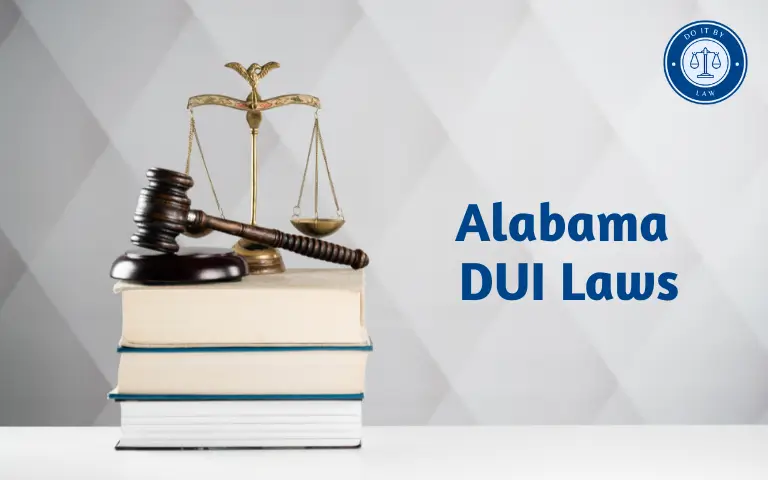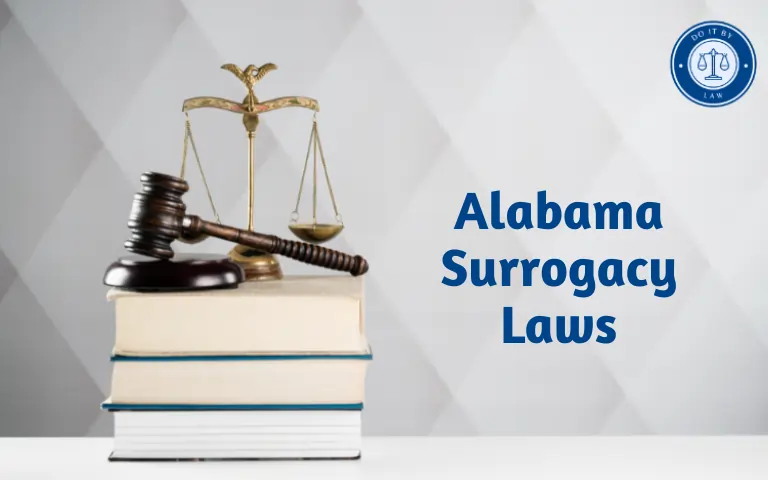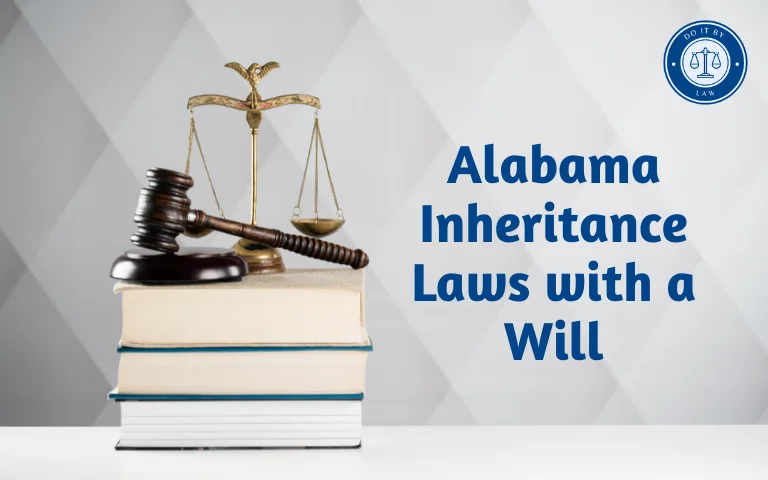Kendrick Law Alabama Football Recruiting: What You Need to Know
In University of Alabama football recruiting circles, the “Kendrick Law Alabama” refers to an unwritten rule or guideline dictating how coaches offer scholarships to top high school recruits. The Kendrick Law emerged in the early 2000s under head coach Mike Shula and derives its name from Alabama native and star quarterback Jamarcus Kendrick.
Understanding the meaning and origin of references to the Kendrick Law provides insight into Alabama’s football program and recruiting strategy. This article will examine the definition, history, and context behind the Kendrick Law Alabama football.
What is the Kendrick Law Alabama Football Recruiting?
The “Kendrick Law” is an unwritten rule followed by University of Alabama football coaches dictating that they should not offer a scholarship to an in-state player until the summer before their senior year of high school.
Under Alabama Guidelines, Alabama coaches wait to extend scholarships to top Alabama high school recruits until June or July before the player’s fourth year of high school. This contrasts with many programs offering scholarships as early as a recruit’s sophomore year.
The Kendrick Law is designed to prevent recruiting battles over young Alabama prospects who may attract offers from multiple top programs if offered early. By waiting, Alabama hopes to secure commitments from the most coveted in-state stars.
Origins of the Kendrick Alabama Law Name and History
The Kendrick Law recruiting approach draws its name from Mobile, Alabama native Jamarcus Kendrick, a highly ranked quarterback in the early 2000s. He attracted offers from programs like Florida State as a sophomore in 2001.
But Alabama and head coach Mike Shula waited until the summer of 2003 per the unofficial policy before offering Kendrick a scholarship. He committed in August 2003, citing the chance to play close to home.
While Alabama likely had informal versions of this recruiting stance earlier, Shula’s disciplined adherence and landing Kendrick cemented it as an unwritten rule dubbed the “Kendrick Law” in his honor. The practice continues influencing Alabama recruiting today.
How the Kendrick Law Alabama Works in Application
Under the Kendrick Law, Alabama assistant coaches are prohibited from offering sophomores or juniors. They may keep channels open and build relationships, but cannot officially offer a scholarship.
The first allowable offer comes in June or July before a player’s senior season after reviewing their junior year film and getting word they remain interested in Alabama. If reciprocity exists, an offer is extended.
This restrained approach means Alabama rarely wins early commitments from in-state stars, but prevents overextending offers and then trying to go back on verbal pledges if the player falters later in high school.
Rationale Behind Kendrick Law Alabama Recruiting Policy
Several strategic reasons underlie Alabama’s adherence to the Kendrick Law recruiting principles:
- Avoid handing out early offers that tie up scholarships on unproven prospects.
- Preventing verbal pledges from swaying if other programs offer later scholarships.
- Focusing on players’ junior and senior films showing maximal development.
- Leveraging Alabama’s prestige to sway undecided recruits in the summer before senior years.
- Forging closer bonds through more senior-year contact.
- Projecting which verbal commitments will sign vs. flipping to other colleges.
The Kendrick Law maximizes Alabama’s recruiting yield from its abundant in-state talent base.
Critiques and Debate Around Kendrick Law Alabama Approach
Alabama sticking to the Kendrick Law rather than offering top recruits earlier remains controversial:
- Some argue it risks losing early commitments from studs that commit elsewhere before their senior year offer comes.
- Unlike college coaches, high school coaches dislike having top prospects stay uncommitted deep into their senior years.
- Recruits offered early by other elite programs can feel spurned by Alabama’s delayed offer.
- The NCAA’s new December early signing period undercuts the tactic of leveraging senior season offers.
- Consistently losing heralded Louisiana, Georgia, Florida, and other non-Alabama natives violates the spirit of the policy.
Still, Crimson Tide coaches remain disciplined practitioners of the Kendrick Law Alabama.
Examples of the Kendrick Law in Action With Alabama Recruits
Several top Alabama high school players showcase the Kendrick Law at work:
- Jeudy and Ruggs: Both star Alabama wide receivers did not get offers until June of their senior year and signed that December.
- Cameron Robinson: Alabama waited until June of Robinson’s junior year in a minor exception to land the state’s top tackle in 2013.
- Bo Scarbrough: Despite the early buzz, Alabama waited until June of his senior year 2014 to offer, securing his pledge.
- Branden Williams: The Tide was offered in July 2011 and got the eventual All-SEC defensive lineman’s commitment for the 2013 class.
These examples demonstrate Alabama’s patience in allowing top prospects’ games to mature before pouncing on Kendrick Law Alabama offers.
Is the Kendrick Law Still Used in Alabama Recruiting Today?
The Kendrick Law Alabama remains an influential guideline. But recent shifts in recruiting make rigid adherence difficult:
- Many elite out-of-state players commit early before their “Kendrick offer” would come.
- The success of early enrollees leads some freshmen to commit during junior years.
- The NCAA’s new December early signing period means teams can lock up recruits pre-seniors.
- A rampant offering of sophomores pressures Alabama to dip into this pool delicately.
- Other SEC powers disregarding take more risks on youthful but sky-high upside players.
Still, Alabama largely defers offers to maximize insight into prospects’ developmental arcs – the heart of the Kendrick Law Alabama.
The Future of the Kendrick Law in Alabama Recruiting
The early signing period and increasing competitor aggressiveness will challenge Alabama’s discipline on the Kendrick Law Alabama. Some potential changes include:
- Expanding offers slightly earlier into juniors, but still not sophomores.
- Taking a few highly selective conditional verbal commitments from juniors with early signing expectancies.
- Working with high school coaches earlier to identify priority targets and communicate plans.
- Focusing restraint on in-state players where depth helps offset early losses while expanding reach elsewhere.
- Leveraging official visit invitations strategically before senior year to build connections without deals.
The philosophy behind the Kendrick Law Alabama will remain, but its tactics may require an evolution in Alabama’s endless recruiting arms race.
Conclusion
Unfortunately, there is very limited publicly available information about “Kendrick Law Alabama” in Alabama specifically. Kendrick Law appears to be the name of a University of Alabama football recruiting rule rather than an actual state law.
For decades, Alabama’s adherence to an unwritten “Kendrick Law Alabama” has granted it unique leverage and evaluation insight through disciplined, delayed scholarship offerings to in-state recruits. This homegrown recruiting law has stood as a pillar of the Crimson Tide’s football success.







